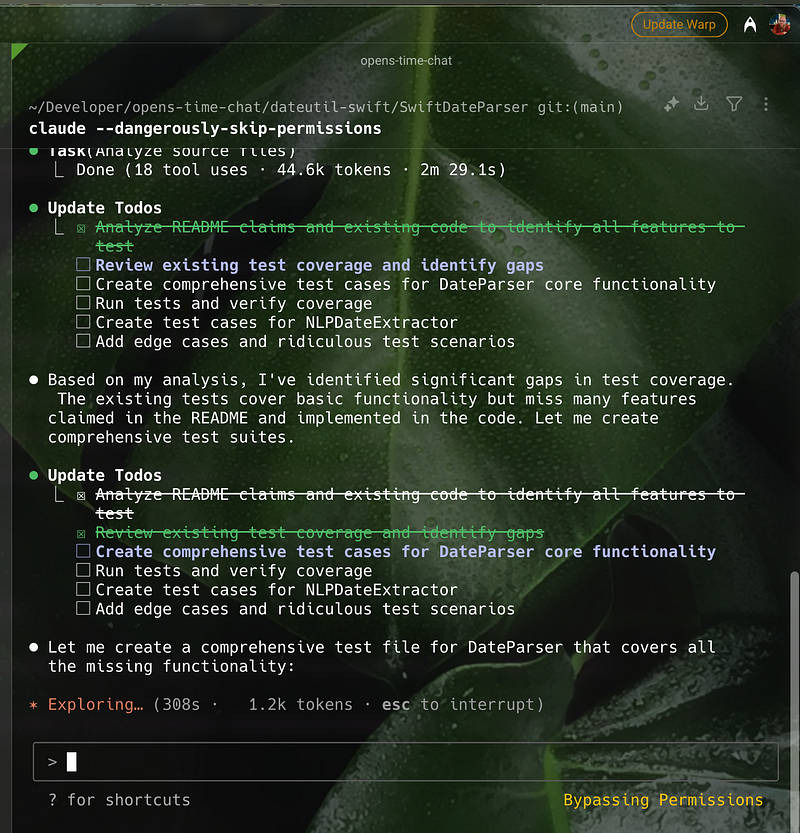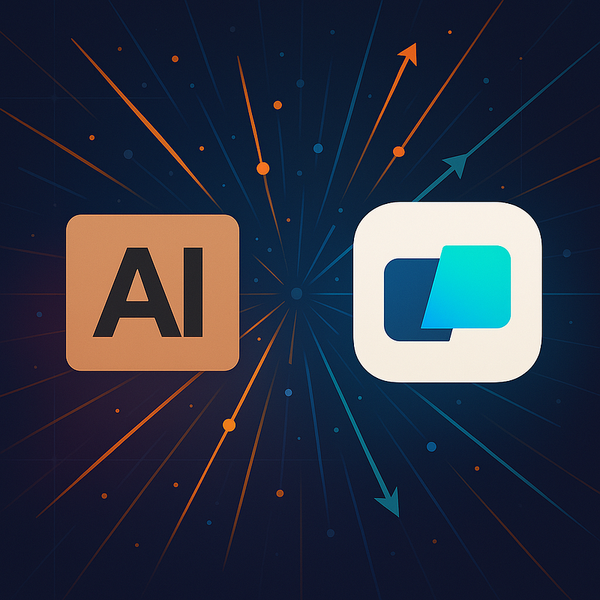From Python to Swift: A Claude Code Conversion Experiment
Can AI successfully translate an entire Python utility library to Swift? I decided to find out.

Can AI successfully translate an entire Python utility library to Swift? I decided to find out.
The Experiment
I embarked on an experiment: using Claude Code to convert Python’s dateutil parser to Swift. This wasn’t just about syntax translation — I wanted to test whether AI could handle library design, performance optimization, and feature parity across two very different ecosystems.
The result? SwiftDateParser — a Swift port that appears to work well based on initial testing, though I’m still analyzing the code quality and actual performance.
The Development Process
I recorded my voice commands to Claude Code using Wispr Flow, and have an MCP server that serves them for analysis. This blog post captures some of those key interactions:
Initial Translation Request
“As you can see, this code was translated from a Python library. That Python library I will add to the workspace. Could you make up some tests, some comparison tests to test its performance, please?”
Claude Code didn’t just translate — it understood the need for comprehensive testing.
Performance Analysis Setup
“Create a test setup for the Python library and compare performance to the Swift library, seeing if they match up and if there are missing features.”
This led to parallel test suites, performance benchmarks, and feature validation.
Iterative Refinement
“Let’s consolidate all these performance tests and just add one performance test target.”
Claude Code focused on creating comprehensive test infrastructure and streamlined performance validation.
What really worked well for me is not only asking him to write code but to write code with measurable expectations that we both can verify.
Yes I said it we both, …
Repository: SwiftDateParser on GitHub — Complete code and performance tests for review.

